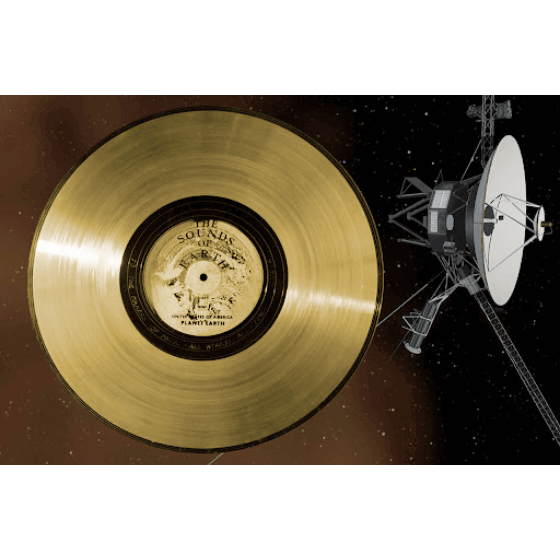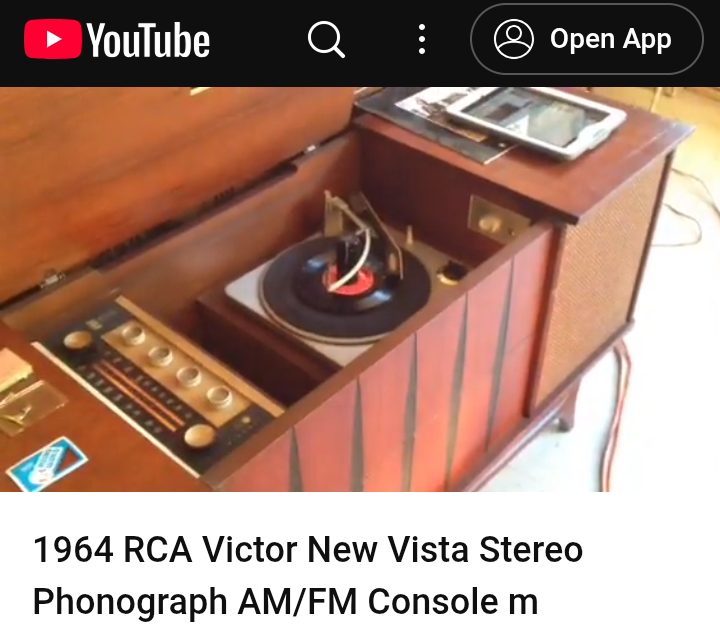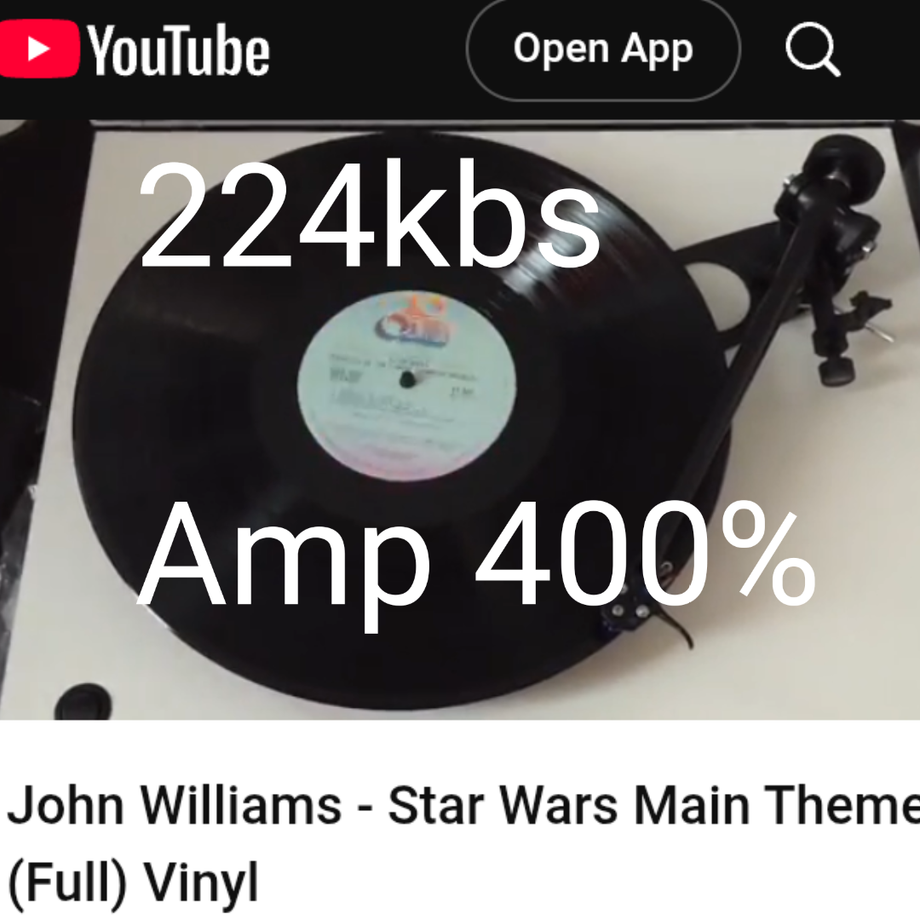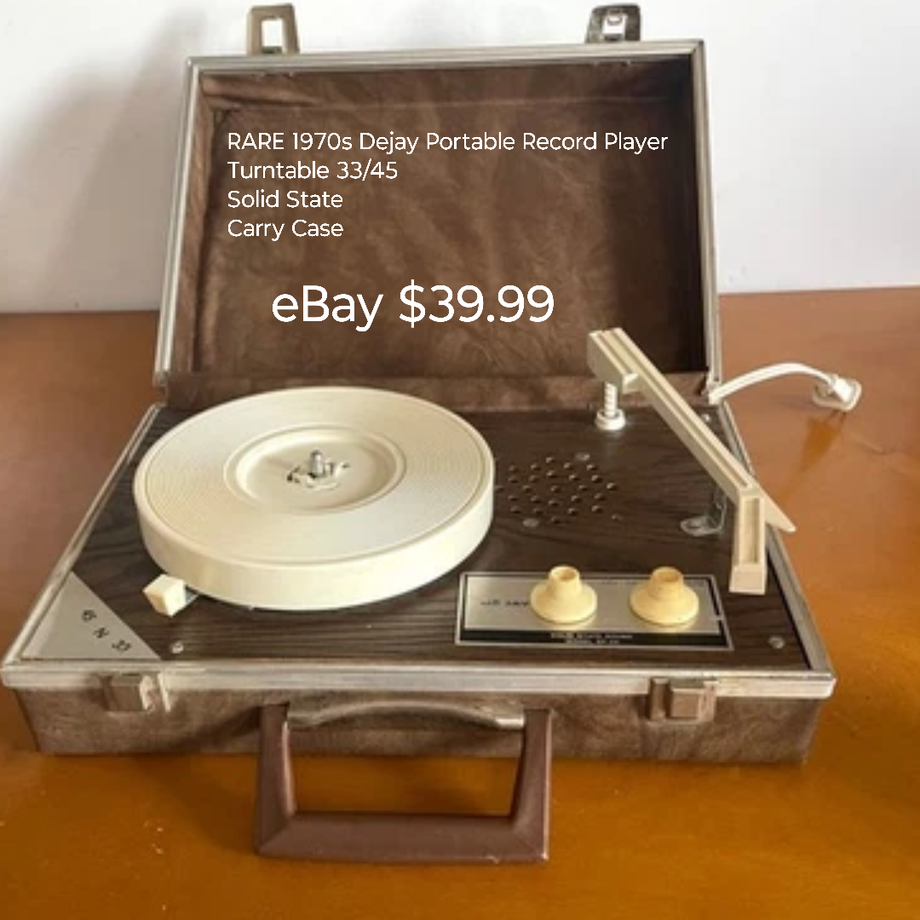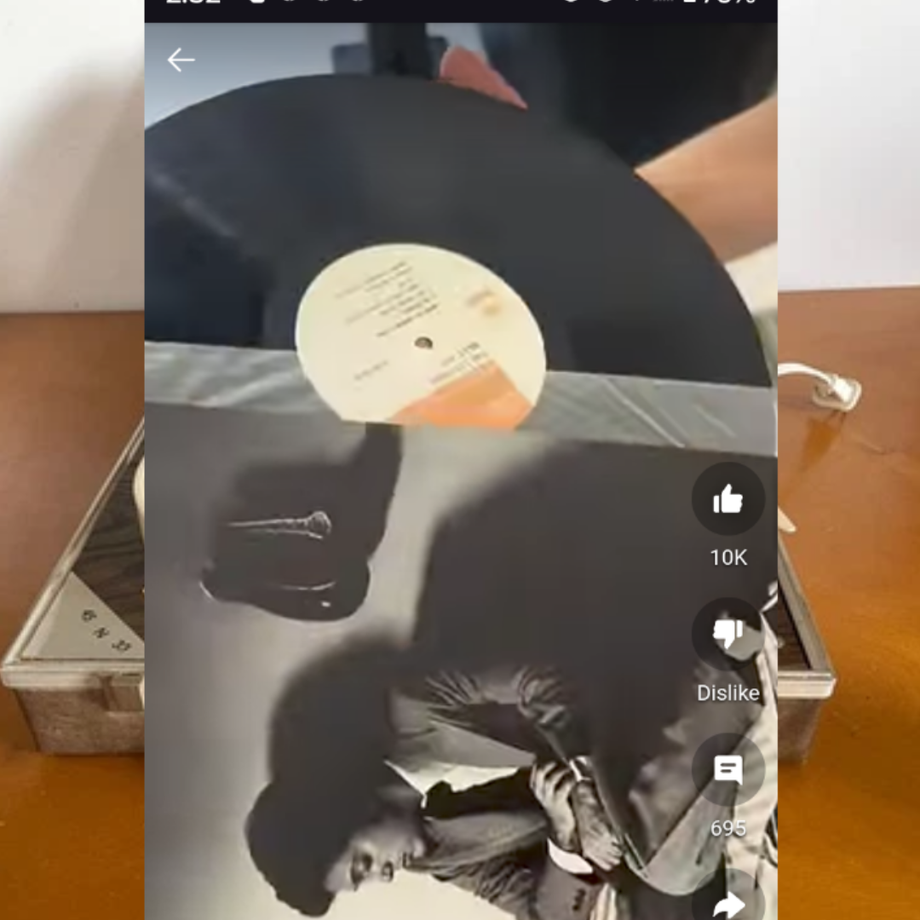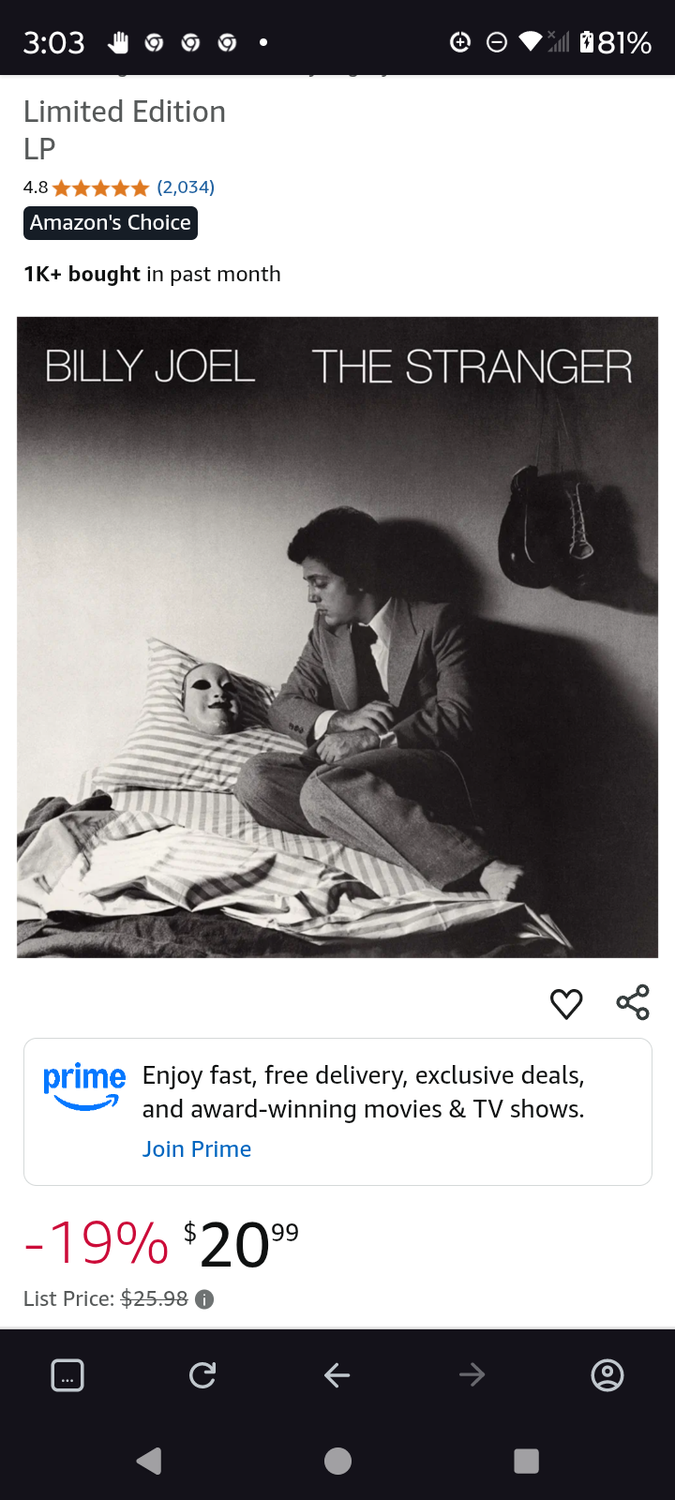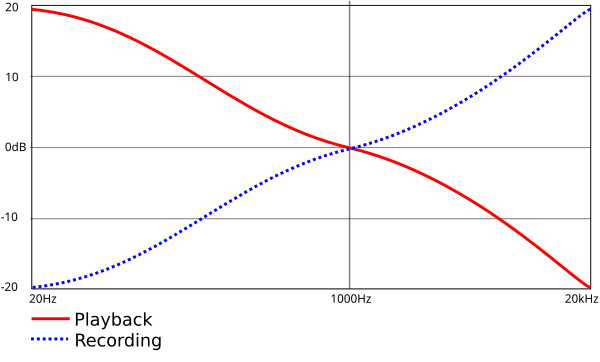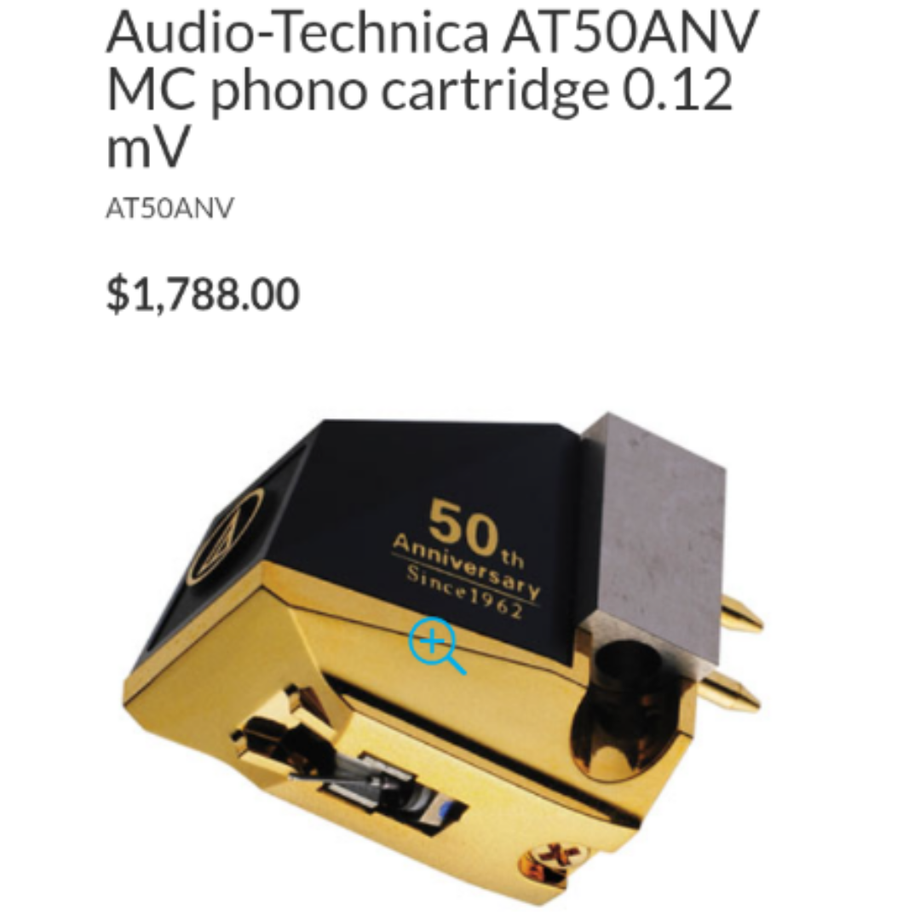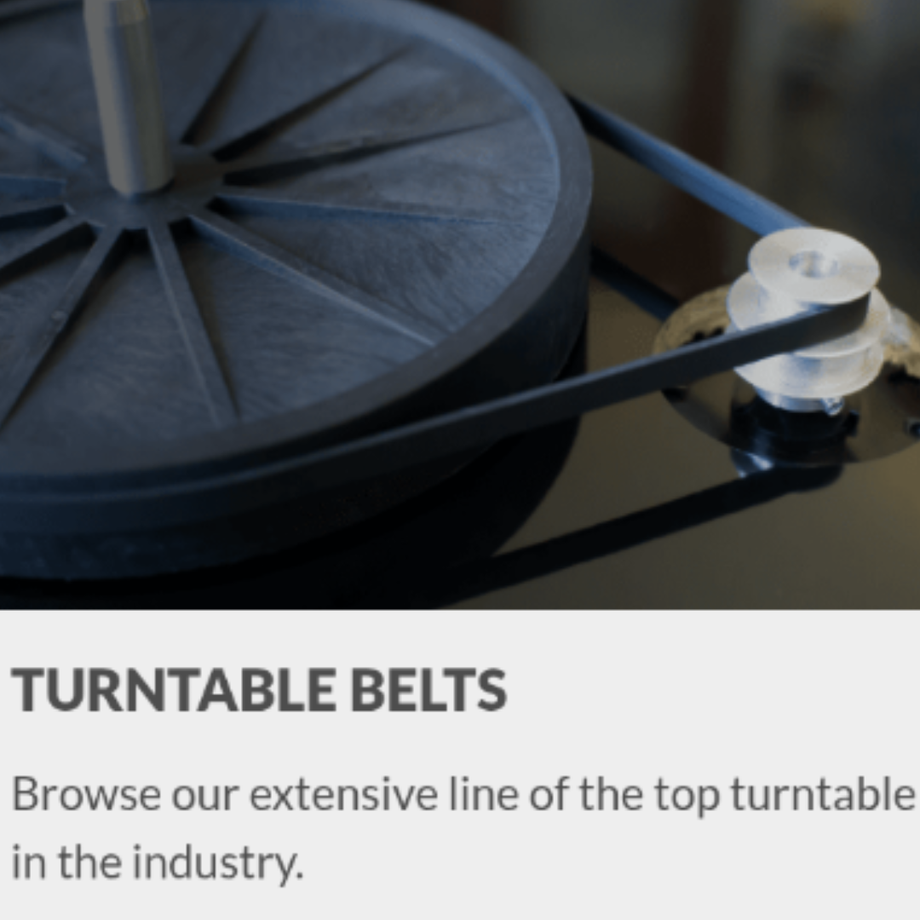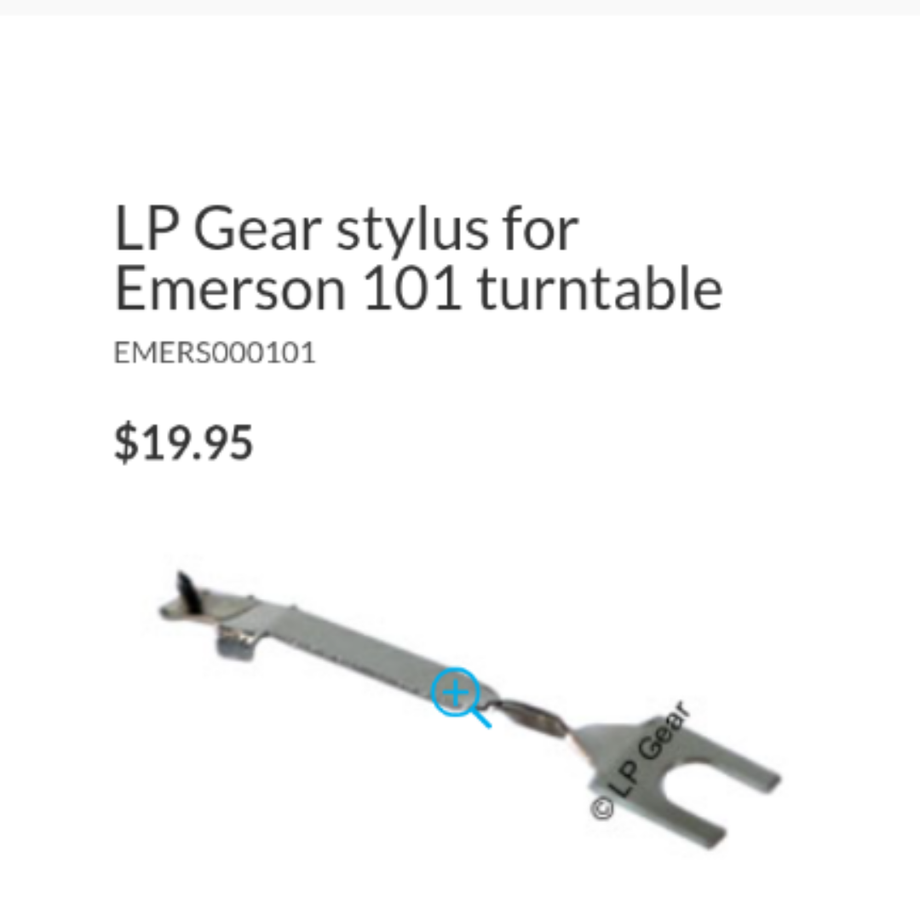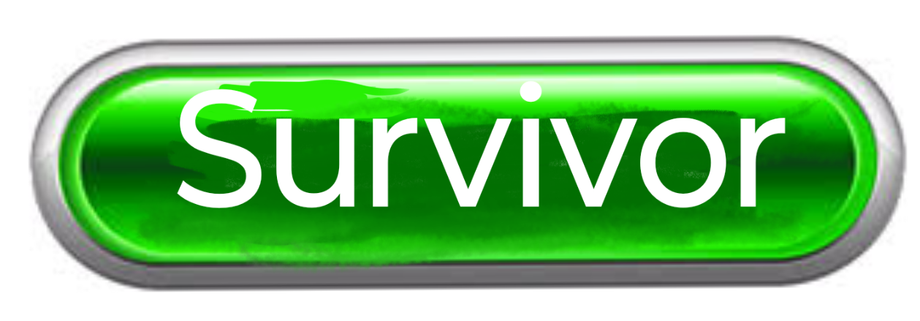Record Players ...
My 11 year old daughter with her own
CD stereo was astonished when I
explained that music had only been on CD's for about 15 years, and I showed her a Vinyl LP.
I was explaining to my kids how fast
technology changes ...
Now, 27 years later, you can't find
CD players or CD music for sale,
except through the internet.
Phonograph Turntable Technology
is important to understand, in case
of Global Net Streaming Failure
due to a Space Radiation Event.
YouTube gives low sound levels...
We had an RCA portable phono
that we brought to our cottage
every summer. Lots of
Never had a Beatles Album as a kid...
My Mom wouldn't allow it ...
My first record purchase
RIAA equalization is a specification for the recording and playback of phonograph records, established by the Recording Industry Association of America (RIAA). The purposes of the equalization are to permit greater recording times (by decreasing the mean width of each groove), to improve sound quality, and to reduce the groove damage that would otherwise arise during playback.
The RIAA equalization curve for playback of vinyl records. The recording curve performs the inverse function, reducing low frequencies and boosting high frequencies.
The RIAA equalization curve was intended to operate as a de facto global industry standard for records since 1954, but when the change actually took place is difficult to determine.[1]
Before then, especially from 1940, each record company applied its own equalization; over 100 combinations of turnover and rolloff frequencies were in use, the main ones being Columbia-78, Decca-U.S., European (various), Victor-78 (various), Associated, BBC, NAB, Orthacoustic, World, Columbia LP, FFRR-78 and microgroove, and AES. The obvious consequence was that different reproduction results were obtained if the recording and playback filtering were not matched.
[Chuck's 00Cedar JPICedar ]
[ This page built with JPICedar by Chuck Darling Wednesday Aug-6-2025 Time : 11:38am]
https://archive.ph/

